Imagine a spiderweb of train tracks and bus routes, all humming with activity. That’s Tokyo’s public transport! For first-timers, it can seem scary. But don’t worry! This guide will turn you into a Tokyo transport pro.
We’ll explore train lines Tokyo is known for, as well as subways and buses. You’ll learn how to buy tickets and ride like a local. Get ready to save time and money while exploring this amazing city!
Understanding Tokyo's Train Network
Tokyo’s trains are the heart of its transport system. Several companies run different lines. Knowing the key players is crucial. Let’s explore the big ones!
Speaking of which, Tokyo has some of the busiest train stations in the world! Let’s dive into the top five most crowded stations and how to survive them!
1. Shinjuku Station – The World’s Busiest Station!
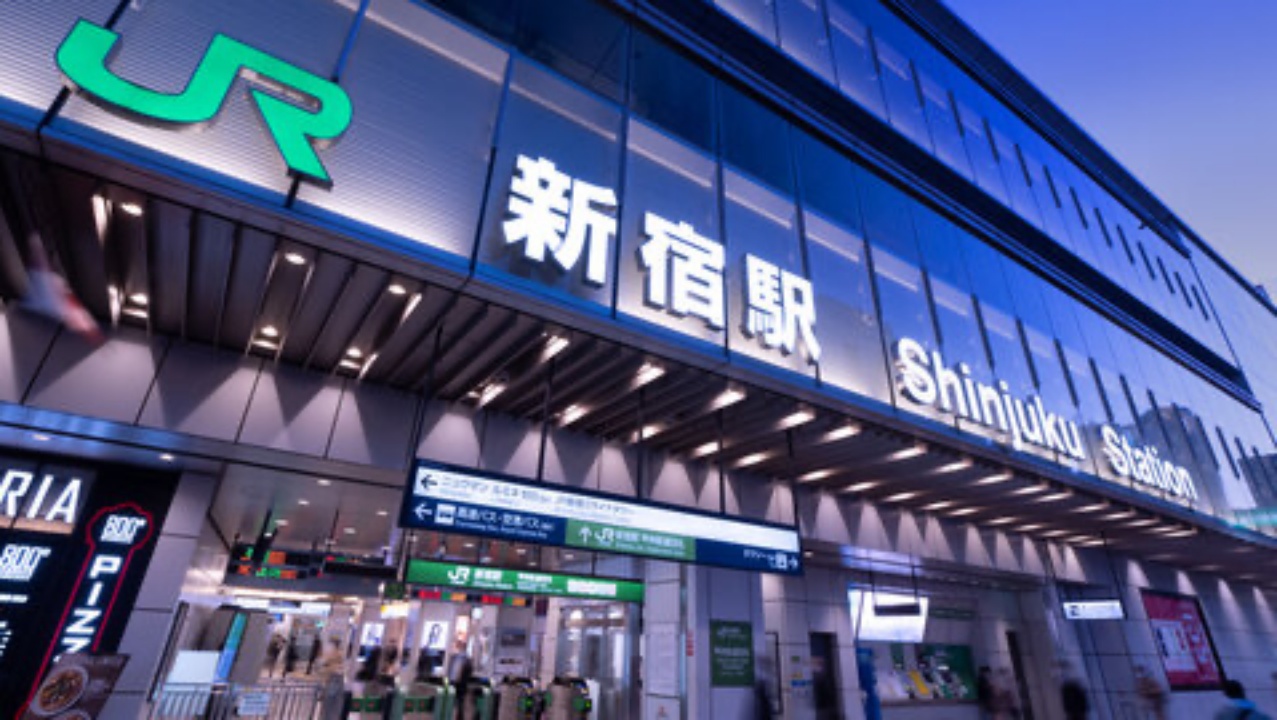
Shinjuku Station is a beast! Handling over 3.5 million passengers daily, this station holds the Guinness World Record for being the busiest in the world. It has more than 200 exits, multiple train lines, and an underground maze of shops and restaurants. If you’re not careful, you might get lost (even locals do!).
Survival Tip: Follow the signs carefully and allow extra time if you’re transferring between train lines. Google Maps and station maps are your best friends here!
2. Shibuya Station – The Scramble Capital
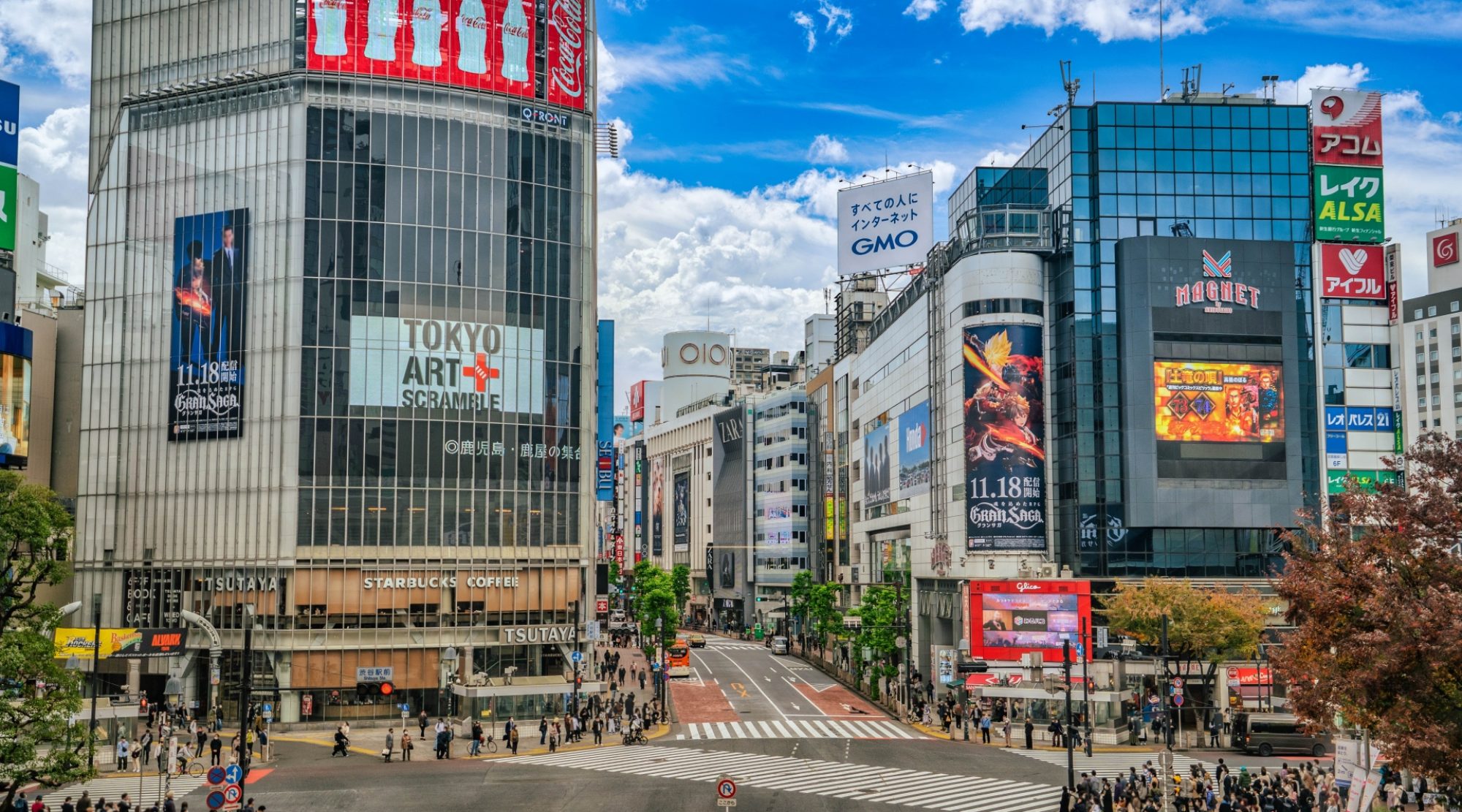
Famous for its iconic Shibuya Scramble Crossing, this station is another Tokyo hotspot. It’s always packed with tourists and locals heading to work, shopping, or nightlife. The new Shibuya Station renovations have improved navigation, but it can still feel overwhelming during peak hours.
Survival Tip: If you’re here to see the crossing, find a good viewing spot at Shibuya Sky or Starbucks. Avoid rush hours (7-9 AM and 5-7 PM) for a smoother experience.
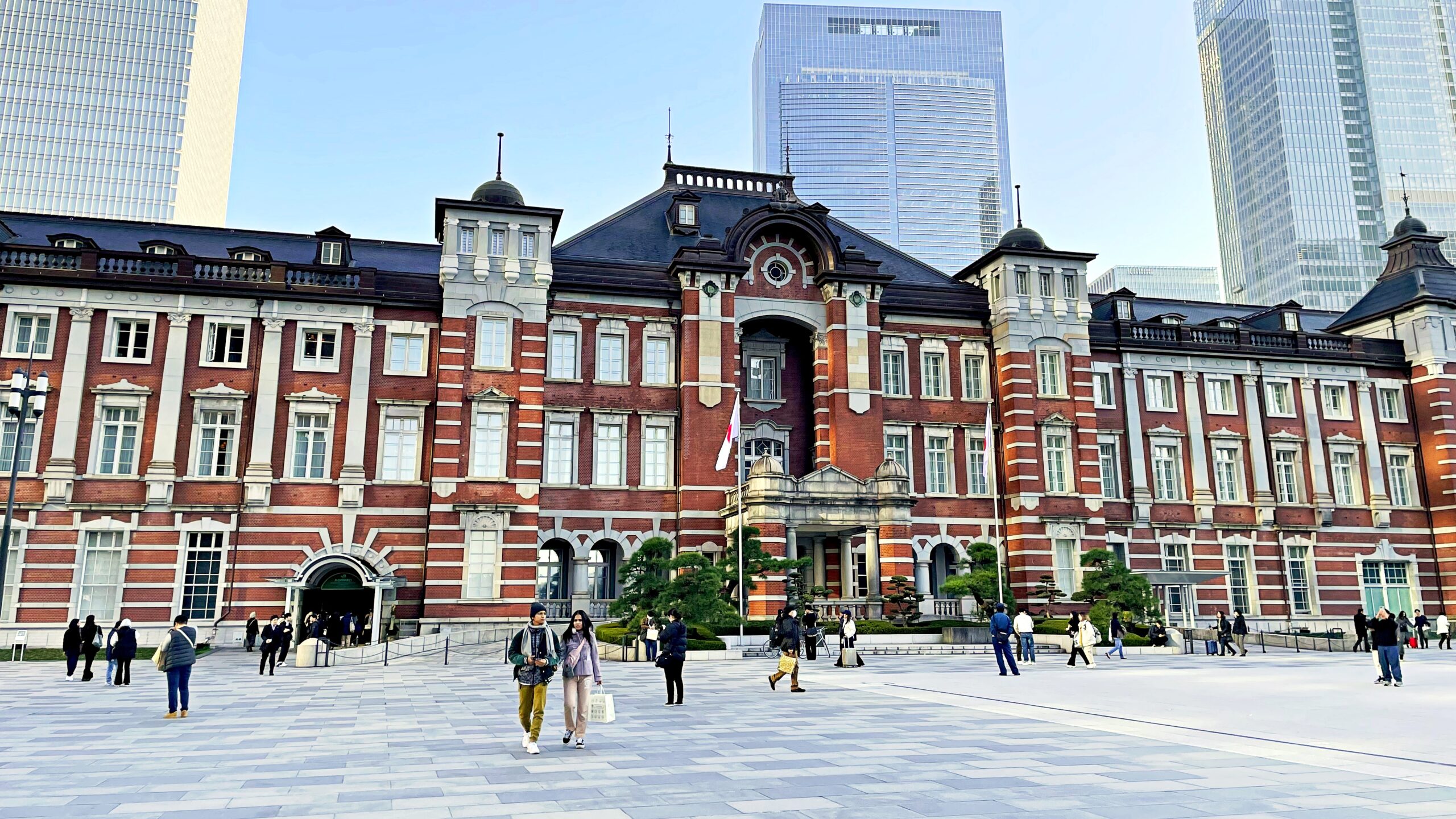
Tokyo Station is not just a train hub but also a shopping paradise! This station connects local trains, the Shinkansen (bullet trains), and subway lines, making it one of the busiest transfer points in Japan. The beautifully preserved Marunouchi Building is a must-see.
Survival Tip: Give yourself plenty of time if you need to catch a Shinkansen. And if you get lost, look for the friendly station staff – they’re used to helping confused travelers! Don’t forget to click on the title ‘3. Tokyo Station – A Maze of Trains and Shops’ and check out my article about Tokyo Station!
4. Ikebukuro Station – The Underrated Giant
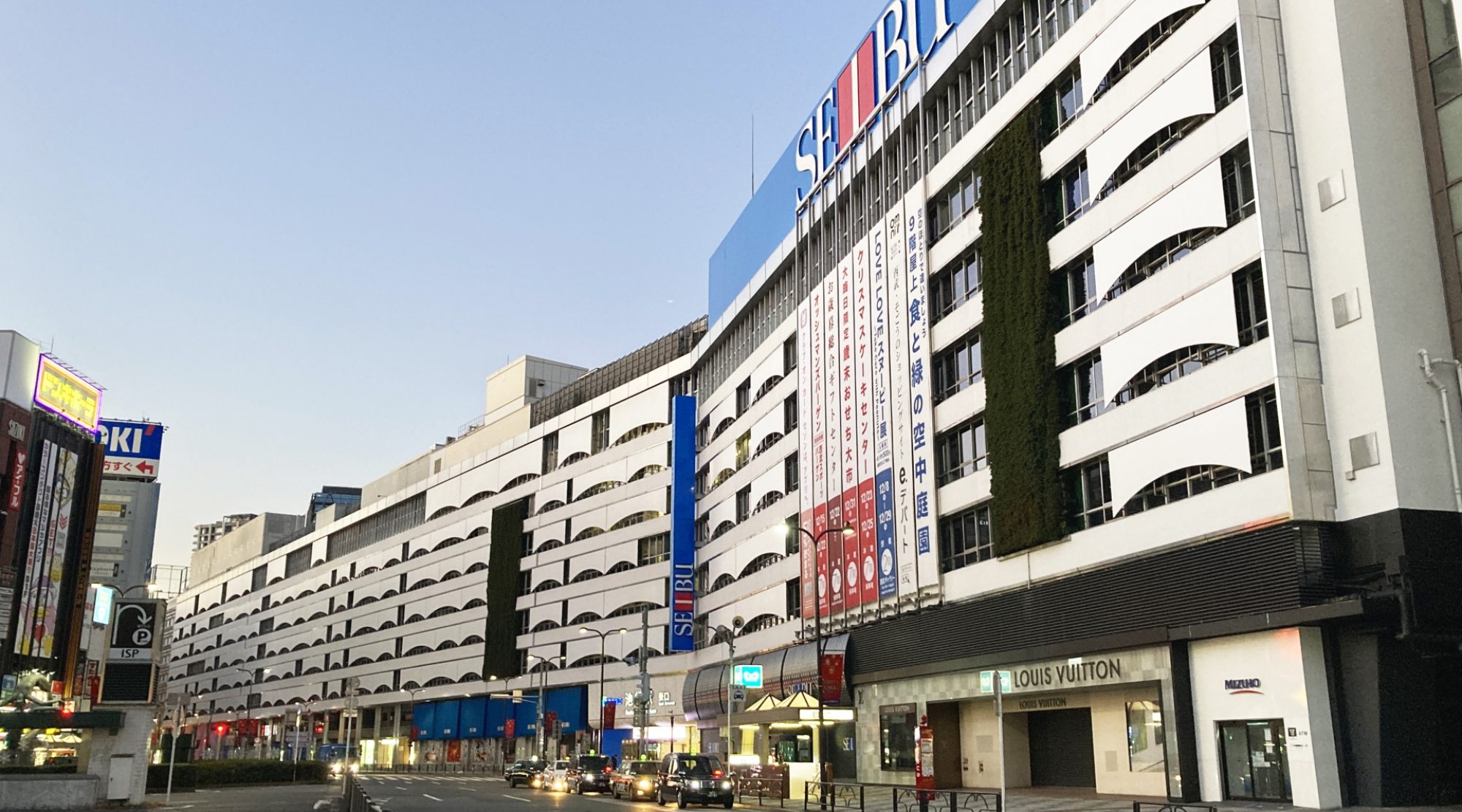
Ikebukuro often flies under the radar, but don’t be fooled – it’s Tokyo’s second busiest station! It connects several major train lines and is home to shopping centers, arcades, and entertainment spots like Sunshine City.
Survival Tip: If you need a break from the crowds, head to the rooftop garden at Seibu Department Store – a hidden oasis in the middle of the chaos!
5. Shinagawa Station – Bullet Train Central
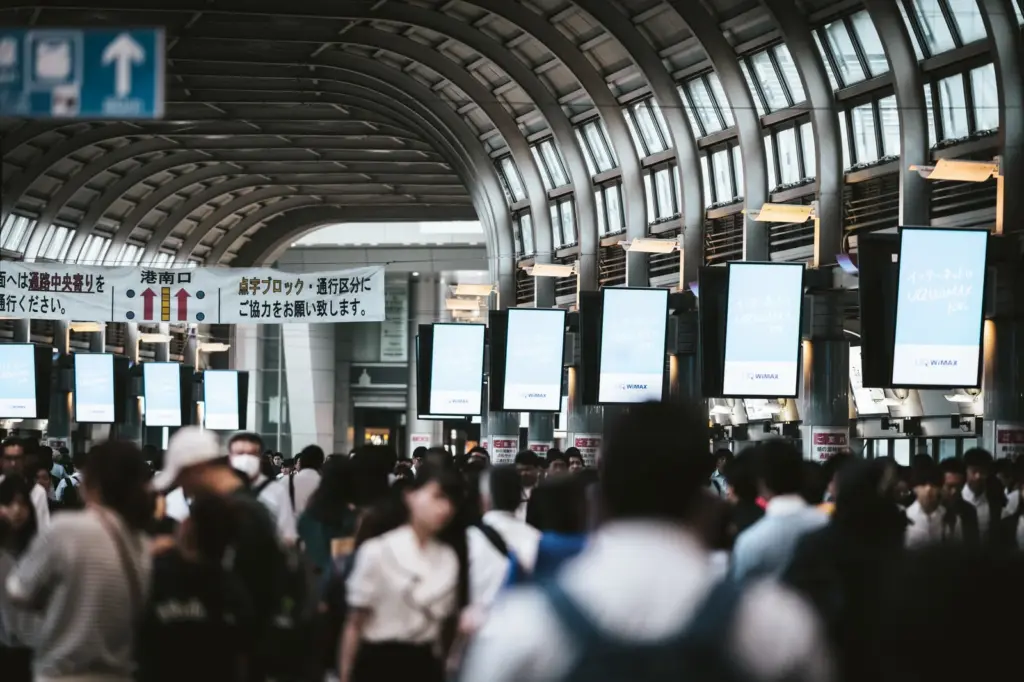
Shinagawa is one of the key stations for the Shinkansen, meaning it’s always filled with travelers rushing to catch their bullet trains. It’s more straightforward than Shinjuku or Tokyo Station, but it still gets very busy, especially in the mornings.
Survival Tip: If you’re taking a Shinkansen, arrive at least 15-20 minutes early to find your platform and grab some delicious ekiben (train bento box) for your journey!
The Japan Rail Pass is a great deal if you’re visiting Japan. It gives you unlimited rides on JR trains. But who can get one? Only tourists visiting from abroad!
You must buy the pass before you arrive in Japan. Once you’re here, exchange your voucher for the actual pass. The Yamanote Line is a super useful JR line in Tokyo. It circles the city, hitting many popular spots. The Chuo Line is also handy for getting across town.
The Fascinating History of Japan Railways (JR) – From Steam to Shinkansen!
If you’ve ever traveled around Japan, chances are you’ve taken a JR train. Japan Railways (JR) is the backbone of the country’s transportation system, connecting major cities, rural towns, and even remote villages. Many of the busiest train lines Tokyo relies on today are part of this vast network. But have you ever wondered how it all started? Let’s take a journey through time and explore the incredible history of JR trains in Japan!
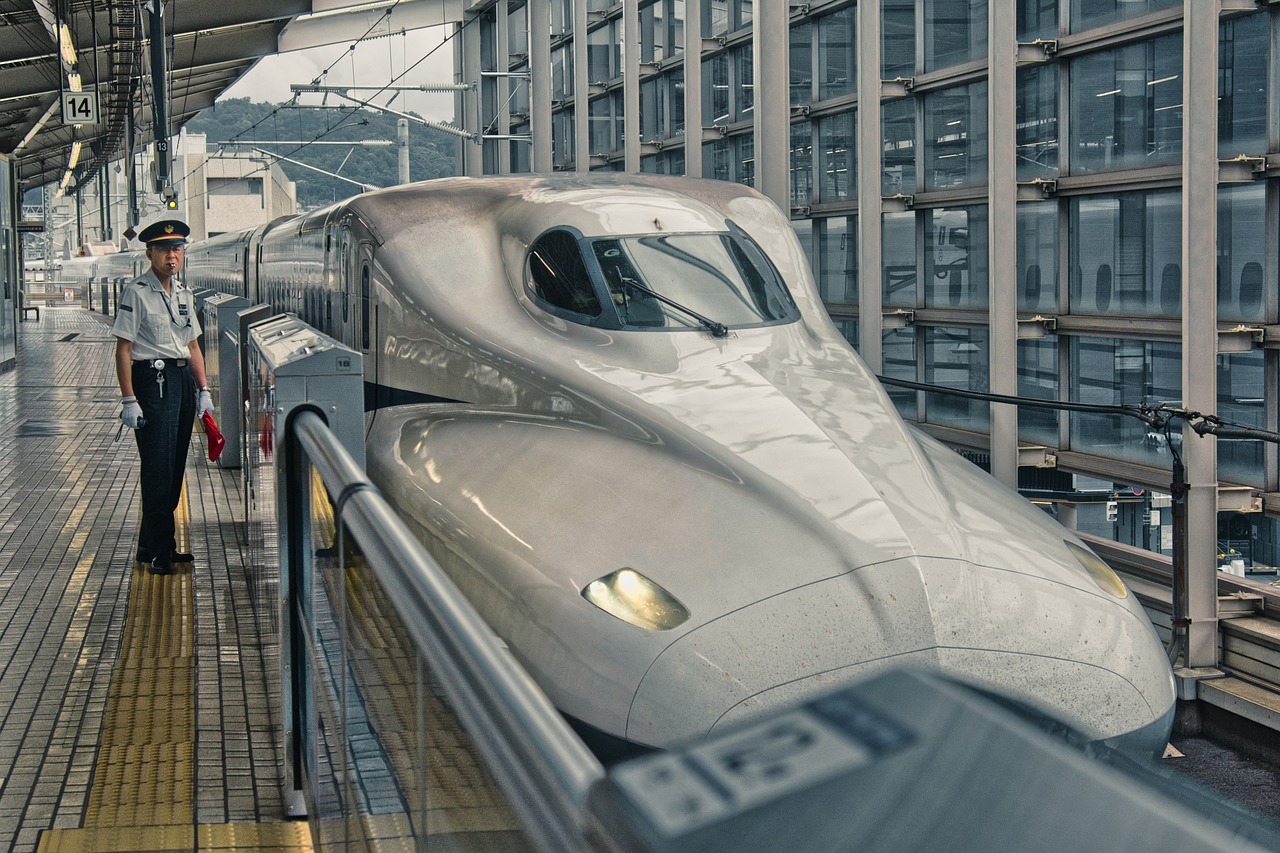
The Early Days – The Birth of Railways in Japan
Japan’s railway history began in 1872, when the very first train line was opened between Shimbashi (Tokyo) and Yokohama. This was a huge milestone for the country, marking the beginning of modern transportation in Japan. The early trains were steam-powered, just like in Europe, and people were amazed by this new technology!
National Railways Era – The Rise of Japan’s Train Network
As Japan modernized, its railway system expanded rapidly. In 1906, the government nationalized most of the private railway companies, forming the Japanese National Railways (JNR). This helped create a more unified and efficient train network, making it easier for people to travel across the country.
If you’ve ever traveled around Japan, chances are you’ve taken a JR train. Japan Railways (JR) is the backbone of the country’s transportation system, connecting major cities, rural towns, and even remote villages. But have you ever wondered how it all started? Let’s take a journey through time and explore the incredible history of JR trains in Japan!
The Birth of the Bullet Train – The Shinkansen Revolution
One of Japan’s biggest railway achievements came in 1964, just in time for the Tokyo Olympics – the birth of the Shinkansen (bullet train)! The first line, the Tōkaidō Shinkansen, connected Tokyo and Osaka, reducing travel time from almost a full day to just four hours. This was a game-changer and marked the start of Japan’s world-famous high-speed rail system.
Today, Shinkansen trains reach speeds of up to 320 km/h (200 mph) and are known for their punctuality, safety, and comfort. Many countries look to Japan’s railway system as a model for high-speed rail technology.
The Big Change – Privatization of JNR
By the 1980s, JNR was struggling with financial problems, so in 1987, the government decided to privatize Japan’s railway system. This led to the creation of Japan Railways Group (JR Group), which was split into six regional JR companies (like JR East, JR West, and JR Central) and one freight company.
Privatization helped improve the quality of service, making trains more efficient, reliable, and customer-friendly. Each JR company now operates independently, but together they still form Japan’s incredible rail network.
JR Today – A Global Railway Icon
Today, JR trains in Japan are an essential part of daily life. From local commuter trains to luxurious sightseeing trains and high-speed Shinkansen, JR offers something for everyone. Many tourists also take advantage of the Japan Rail Pass, which provides unlimited travel on JR lines and is a great way to explore the country.
JR continues to innovate, with new technologies like the Maglev (magnetic levitation) train, which is expected to be even faster than the Shinkansen! The future of Japan’s railway system looks just as exciting as its past.
Why Does Tokyo Have Two Subway Systems?
Tokyo has two main subway systems: Tokyo Metro and Toei Subway. Both are great for getting around and are part of the complex train lines Tokyo offers to commuters and travelers alike. They have different lines, so pay attention.
You can buy individual tickets or day passes. Route maps and apps can help you plan your trip. Stations have numbers, which makes things easier. Transfers can be tricky, so follow the signs!
Tokyo Metro – The Private Giant
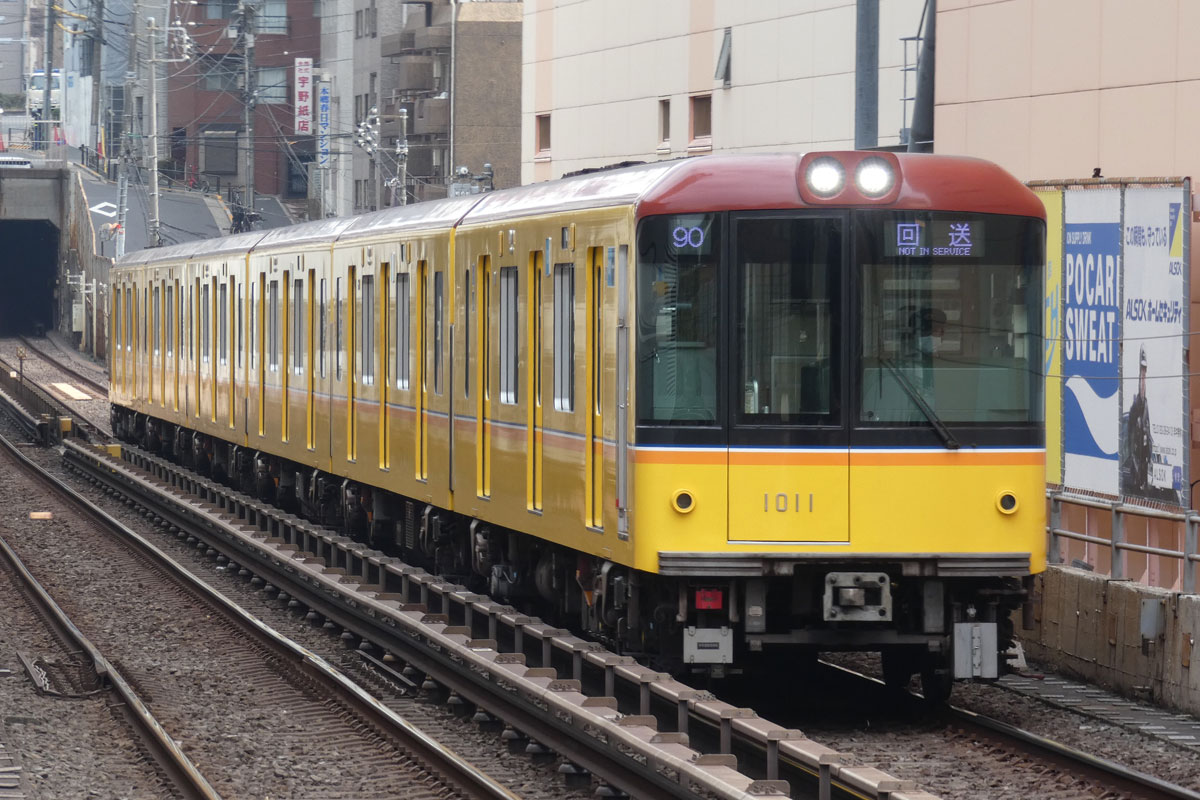
Tokyo Metro, originally called the Teito Rapid Transit Authority (TRTA), was established in 1927 with the opening of Japan’s first subway line—the Ginza Line. Over the years, it expanded to become the largest subway operator in Tokyo, running nine lines and covering key business and tourist areas.
In 2004, TRTA was privatized and renamed Tokyo Metro. Today, it operates about 80% of Tokyo’s subway traffic and is known for its efficiency, cleanliness, and frequent train service.
Toei Subway – The Publicly Owned System
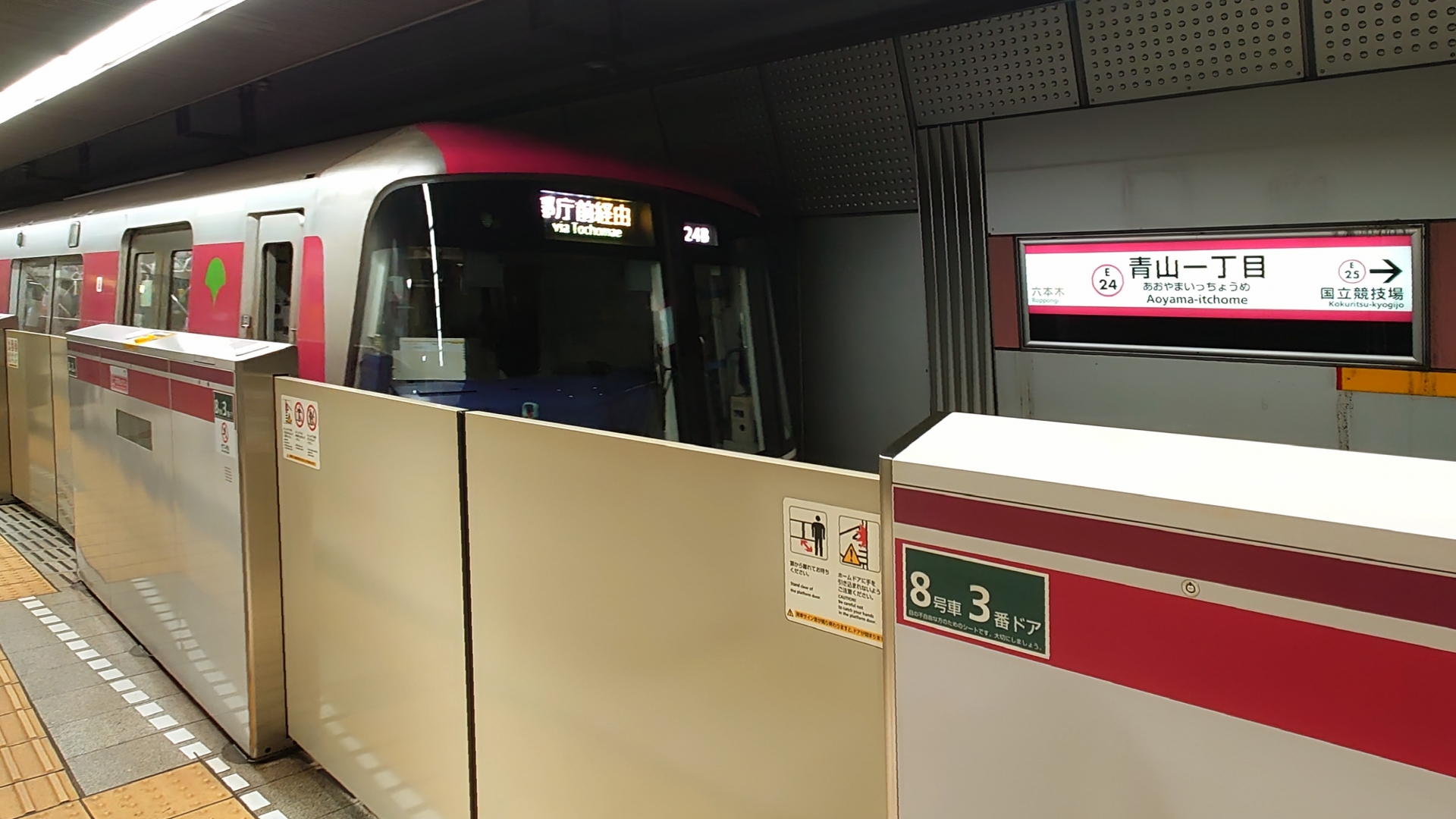
On the other hand, Toei Subway is operated by the Tokyo Metropolitan Government (Toei means “Tokyo Metropolitan”). It was created in 1960 to serve areas that Tokyo Metro did not cover and to provide additional public transportation for the growing city.
Unlike Tokyo Metro, Toei Subway is publicly funded, and its four lines tend to serve more government offices and residential areas. It also connects with many other train lines, making it useful for commuters traveling beyond central Tokyo.
Private Train Lines Tokyo: Expanding Your Reach
Private railway lines connect Tokyo to nearby areas. Think of them as express routes to cool places.
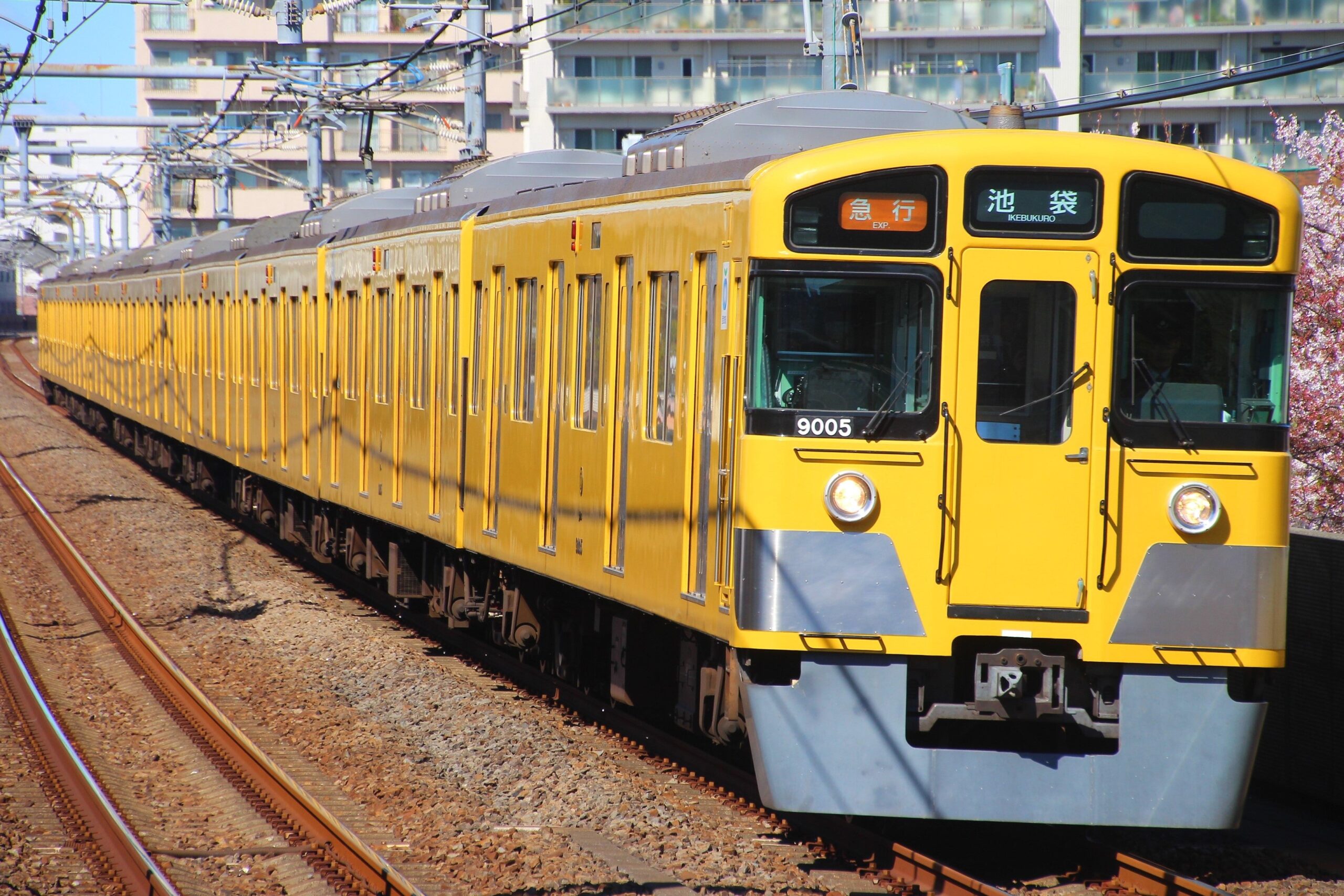
Key Private Railways in Tokyo
Here are some of the major private railway lines in Tokyo:
1. Tokyu Line
The Tokyu Line connects the famous Shibuya district with suburban areas like Meguro and Sangenjaya. It’s a popular choice for people heading to western Tokyo, where trendy neighborhoods and great shopping spots await.
2. Keio Line
The Keio Line connects Shinjuku with areas like Kichijoji, a lively neighborhood known for Inokashira Park and its vibrant shopping streets. It’s perfect for those looking to explore more of Tokyo beyond the central areas.
3. Odakyu Line
The Odakyu Line is especially popular for those looking to get out of the city and enjoy some nature. It connects Shinjuku to areas like Hakone, famous for its hot springs and beautiful views of Mount Fuji.
4. Seibu Line
Running through the western parts of Tokyo and into Saitama, the Seibu Line is a great way to reach places like Kawagoe, a charming area with old Edo-style streets and a rich history. It’s a wonderful escape from the hustle and bustle of central Tokyo.
Mastering the Art of Buying Tickets & Passes
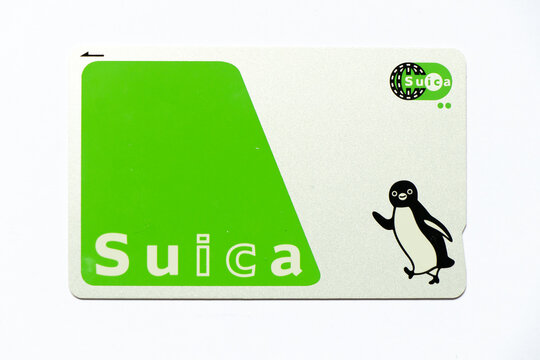
Buying tickets doesn’t have to be hard. Let’s break it down. You’ll be swiping like a pro in no time!
Ticket machines might look complicated, but they’re not! Most have English options. First, find your destination on the fare chart.
Select your destination on the screen. Insert cash or use your IC card. Grab your ticket and change. You’re good to go!
IC Cards: Your Key to Seamless Travel (Suica & Pasmo)
Suica and Pasmo cards are your best friends in Tokyo. They’re like magic passes for trains and buses. You can buy them at the airport or major stations.
Recharge them at ticket machines or convenience stores. Just tap the card at the gate. It’s way easier than buying individual tickets. Plus, you can use them in other cities too!
Should you get a day pass? It depends on how much you’ll travel. The Tokyo Subway Ticket gives you unlimited rides on the Metro and Toei lines.
Compare the cost of a pass with individual tickets. If you’re taking lots of trips, a pass is worth it. You can buy passes at stations or tourist centers. Enjoy!
Riding the Bus in Tokyo: A Beginner's Guide
Buses can be useful for getting to places trains don’t reach. They might seem intimidating. But they’re not that bad!
Bus routes are shown on maps at bus stops. Look for the number of the bus you need. Use apps to find bus routes and times. Japanese signage can be tough, but apps help translate. Bus stops have numbers too. This helps you know where you are.
You can pay for buses with cash or an IC card. If using cash, have exact change ready. Drop the money into the fare box.
With an IC card, tap when you get on and off. The fare will be deducted automatically. Some buses have fare zones. Check before you ride!
Mind Your Manners: Train & Bus Etiquette
Don’t talk loudly on trains or buses. Avoid eating or drinking, except on long trips. Give up your seat to those who need it.
Queue properly and don’t block doorways. These small things make a big difference. Locals will appreciate your respect.
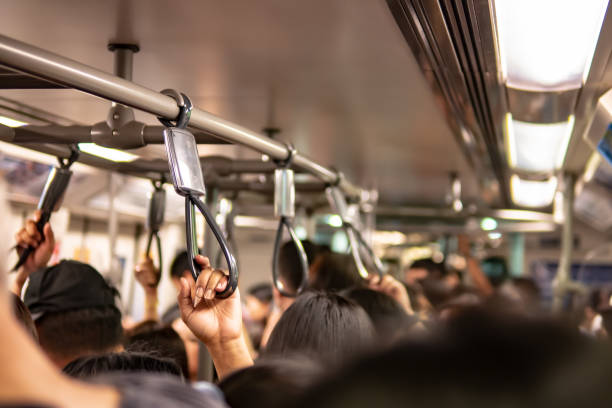
Navigating Rush Hour: Strategies for Survival
Rush hour in Tokyo is intense! It’s best to avoid it if possible. Peak hours are usually from 7 to 9 AM and 5 to 7 PM. During these times, trains get packed like sardines.
If you must travel then, allow extra time. Consider alternative routes to avoid crowds. Push your way onto trains carefully if needed. Be careful!
Using Technology: Apps & Resources for Route Planning
Apps are your secret weapon for navigating Tokyo. HyperDia and Google Maps are great for planning routes. Japan Transit Planner is also very helpful.
Official transport websites give you the latest info. Use apps to check for delays or service changes. These tools make everything easier.
How to Get from Haneda & Narita Airports to Tokyo by Train
Welcome to Japan! 🇯🇵 If you’re landing at Haneda Airport or Narita Airport, the next step is getting into central Tokyo. Luckily, Tokyo has an excellent train system that makes airport access easy and affordable. Let’s break down the best train options so you can start your adventure stress-free!

Getting from Haneda Airport to Tokyo
Haneda Airport (HND) is the closest airport to central Tokyo, located just about 15 km (9 miles) away. That means you can reach the city in as little as 15-30 minutes by train!
Option 1: Tokyo Monorail (Fast & Easy!)
- Time: ~15 minutes to Hamamatsucho Station
- Cost: ¥500
- Best for: Travelers heading to central Tokyo (Shinjuku, Shibuya, etc.)
- Route: Take the Tokyo Monorail from Haneda Airport to Hamamatsucho Station, then transfer to the JR Yamanote Line or JR Keihin-Tohoku Line to reach your destination.
Why take it? The monorail runs every 3-5 minutes, has great views of Tokyo Bay, and is covered by the Japan Rail Pass!
Option 2: Keikyu Line (Direct to Shinagawa & More!)
- Time: ~15 minutes to Shinagawa
- Cost: ¥300-400
- Best for: Those heading to Shinagawa, Asakusa, or Yokohama
- Route: Take the Keikyu Line from Haneda Airport to Shinagawa Station, then transfer to JR lines for other destinations. Some trains continue directly to Asakusa on the Toei Asakusa Line!
Why take it? It’s a cheaper option and offers direct access to multiple subway lines.
Getting from Narita Airport to Tokyo
Narita Airport (NRT) is farther from Tokyo (about 60 km or 37 miles), so your journey will take about an hour by train. Here are the best options:
Option 1: Narita Express (N’EX) – Comfortable & Fast!
- Time: ~50-60 minutes to Tokyo Station
- Cost: ¥3,070 (one way), discounts available for round trips
- Best for: Travelers heading to Tokyo, Shinjuku, Shibuya, or Ikebukuro
- Route: Take the Narita Express (N’EX) directly from Narita Airport to major Tokyo stations.
Why take it? It’s comfortable, has plenty of luggage space, and is covered by the Japan Rail Pass.
Option 2: Keisei Skyliner (Fastest to Ueno & Nippori!)
- Time: ~40 minutes to Ueno/Nippori
- Cost: ¥2,570
- Best for: Those heading to Ueno, Nippori, or the northeast side of Tokyo
- Route: Take the Keisei Skyliner from Narita Airport to Nippori or Ueno Station, then transfer to the JR Yamanote Line or Metro.
Why take it? It’s the fastest option to Ueno and a great choice if you’re staying in northern Tokyo.
-
Option 3: Keisei Access Express (Cheapest & Direct!)
- Time: ~65 minutes to Asakusa, ~75 minutes to Ginza
- Cost: ¥1,380
- Best for: Budget travelers and those staying in Asakusa, Ginza, or Shimbashi
- Route: Take the Keisei Access Express from Narita Airport, which connects directly to the Toei Asakusa Line without transfers.
Why take it? 💰 It’s affordable, requires no transfers, and is great for reaching central Tokyo directly
Conclusion
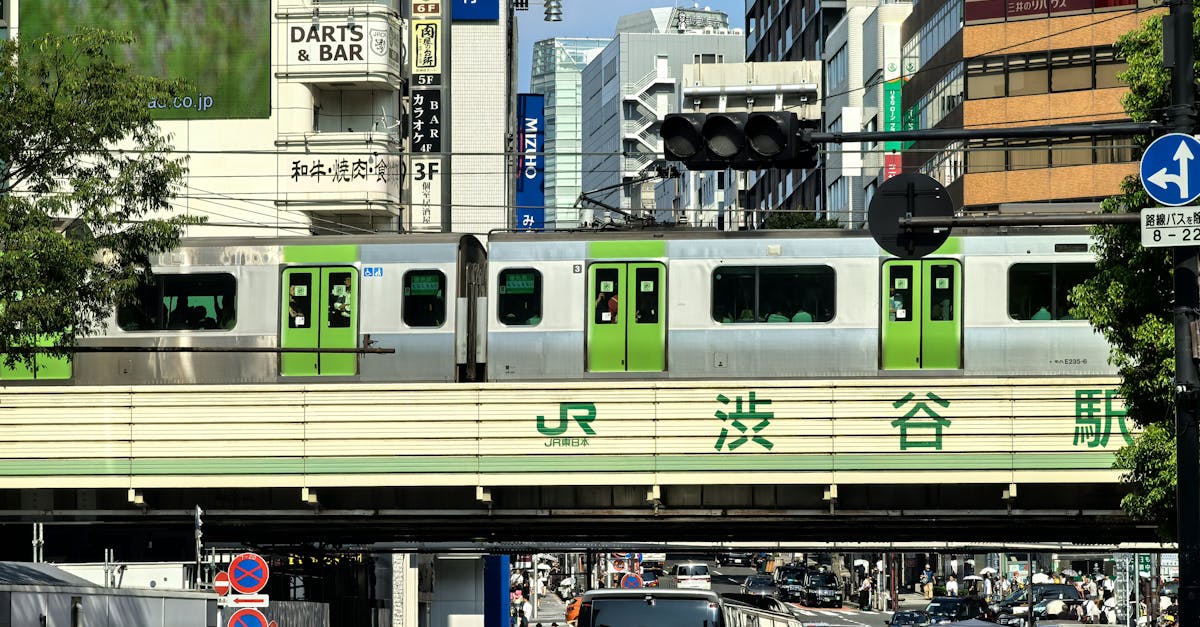
Tokyo’s public transport might seem tricky at first. But with a little know-how, it’s easy to master. Understanding the train lines Tokyo is built on—along with subways and buses—will let you explore with ease. Buying tickets and using IC cards will keep you moving without issues. Remember to be respectful and use technology to your advantage. Now go out there and explore Tokyo with confidence!

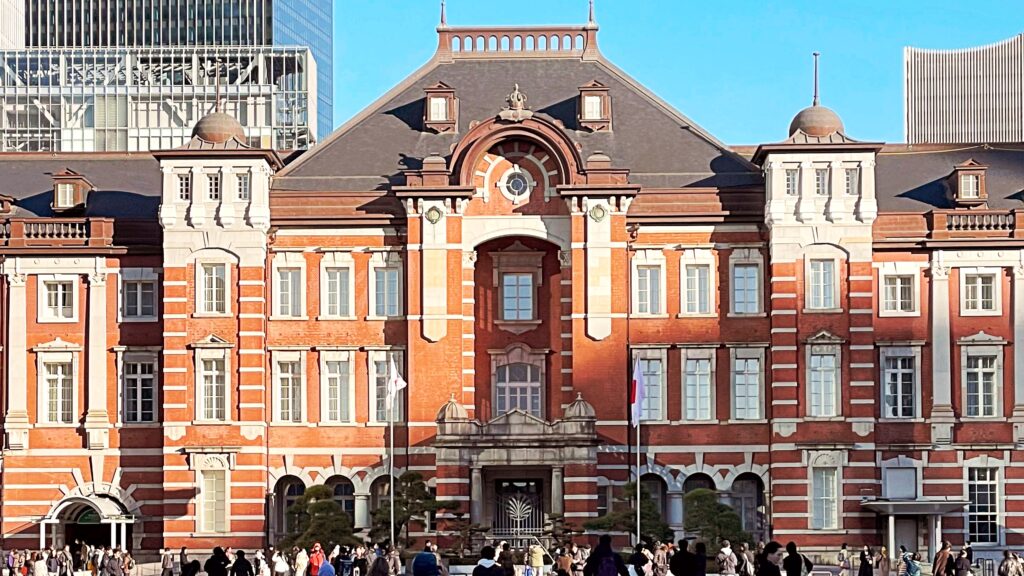
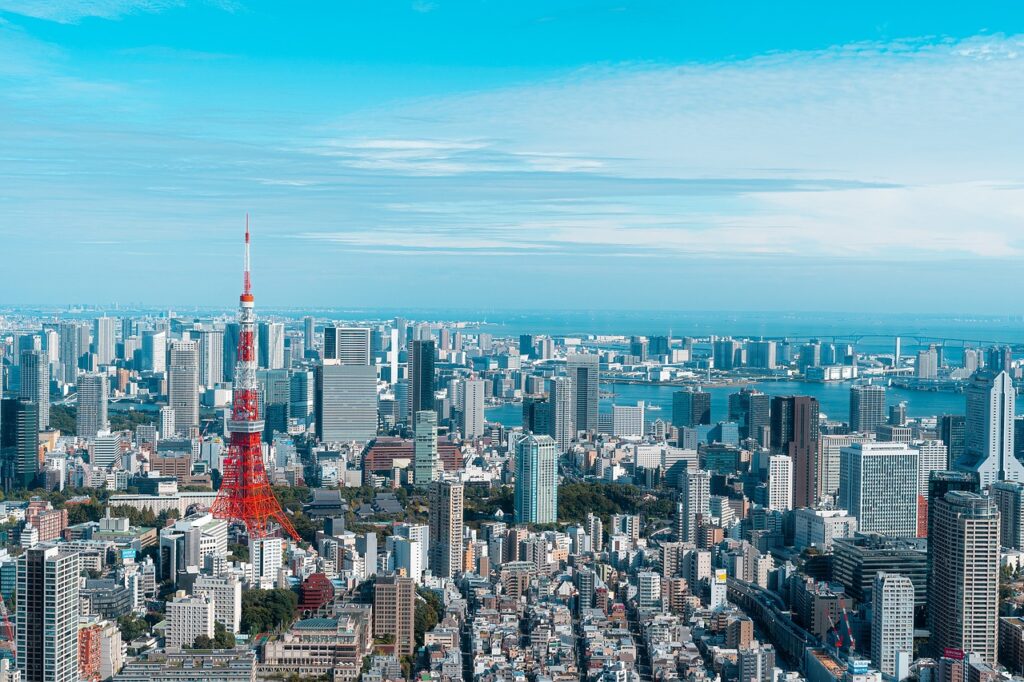
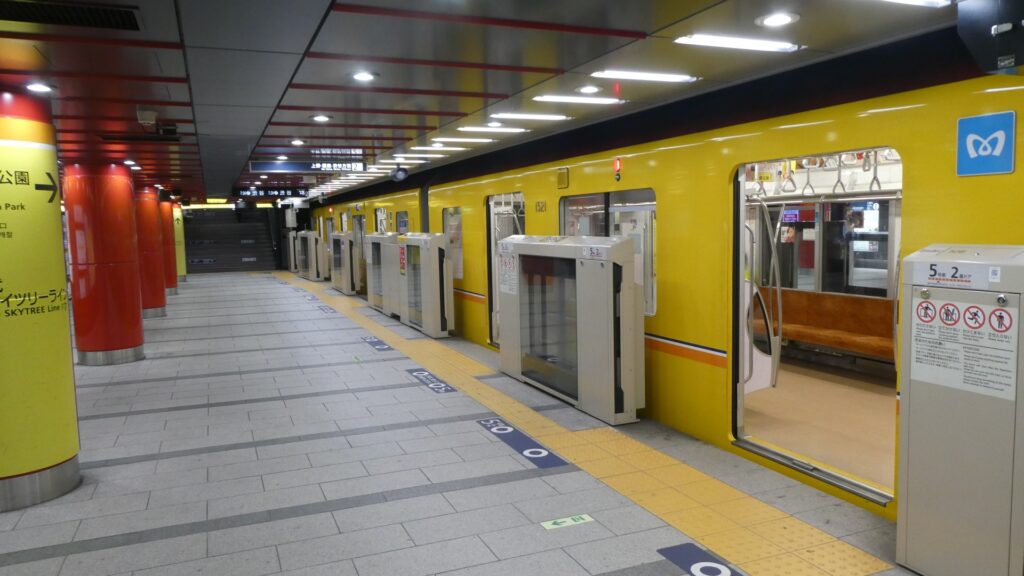
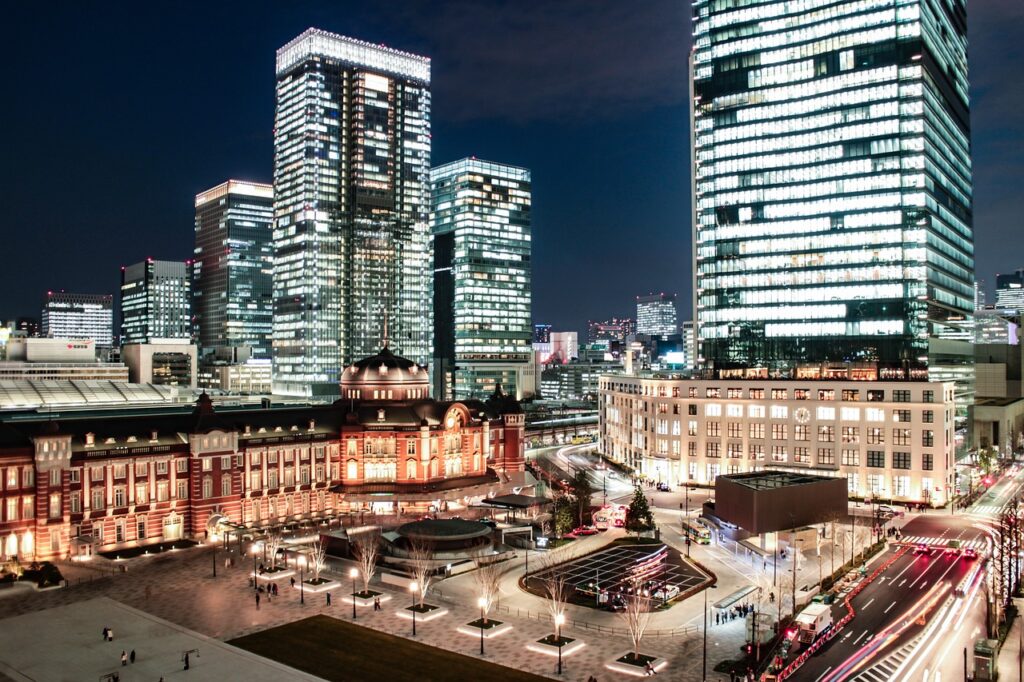
Pingback: Tokyo Travel Tips and Warnings: What You Need to Know Before You Go - New